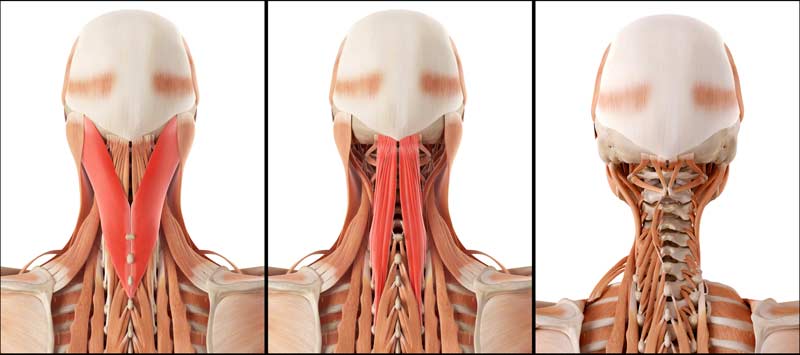
Excluding masseter, every median R-squared is greater than 0.93. Every median R-squared is greater than 0.90. ( A) Box and whisker plots of R-squared values of pairwise comparisons between replicates of each tissue. Most single replicates have been sequenced to a depth that approaches diminishing returns for exon detection, while every tissue has been sequenced to a depth that guarantees that the vast majority of truly expressed exon are detected. The two red boxes indicate either the approximate number of reads for any given biological replicate or the approximate number of reads per tissue (summing all six replicates). The number of unique exons detected as expressed (FPKM >0) is plotted versus the total number of reads collected. These reads were aligned to the mouse genome and transcriptome using RUM ( Grant et al., 2011), and uniquely aligned reads were used to identify putatively expressed exons. In order to verify that the RNAseq read depth was sufficient to detect most expressed transcripts, one specific tissue (mouse FDB) was randomly down-sampled as previously described ( Li et al., 2015) to generate six different sequencing depths (200, 100, 50, 10, 5, and 1 million reads). The overall distribution of PubMed citations mirrors the human poll. In order to guard against selection bias for our online poll, we queried NCBI’s PubMed to identify the number of published papers on each muscle tissue (left panel). Masseter and tongue were chosen for transcriptional profiling over hamstrings to increase the developmental and anatomical diversity of the tissues in this data set. Quadriceps were selected for profiling as they were favored in the poll over the more specific vastus lateralis by a ~ 2:1 ratio. The choice of ‘other’ was ranked lower than any other tissue, and write-in responses showed no evidence of broad support for any tissues beyond those included here. Over one hundred responses from principal investigators, graduate students, and postdocs in the field were recorded. In order to ascertain which tissues are of the greatest general interest to the skeletal muscle researchers, we distributed an online poll asking respondents to vote whether any given tissue was of interest to their laboratory (right panel). Red boxes indicate clustering by similarity of (1) cardiac muscle, (2) smooth muscle, and (3) two different clusters of skeletal muscle. ( E) The number of differentially expressed transcripts (q 2) in pairwise comparisons is shown as a heat map. Notably, the three major classes of muscle (smooth, cardiac, and skeletal) cluster together as expected. ( D) The overall similarity of transcriptional profiles in different tissues is displayed as a dendrogram.
.FDB FILES NECK DIAGRAMS PLUS
Striated muscle refers to skeletal plus cardiac muscles. One-way ANOVAs of all tissues, all striated, all skeletal, all cardiac, and all smooth muscles were used to calculate q-values. ( C) The percent of transcripts showing differential expression between tissues is shown at different false-discovery rate (q-value) thresholds. Please note that panel A describes transcripts expressed in at least one tissue panel B describes transcripts expressed in every tissue.

A core of ~21,000 transcripts is expressed in every contractile tissue. ( B) The number of transcripts expressed (FPKM >1) in every cardiac, smooth, or skeletal muscle tissue is shown as a Venn diagram. ( A) The percent of all transcripts detected as being expressed in different classes of tissues is shown as a bar graph. >80% of all transcripts are detectably expressed in at least one skeletal muscle tissue.


 0 kommentar(er)
0 kommentar(er)
